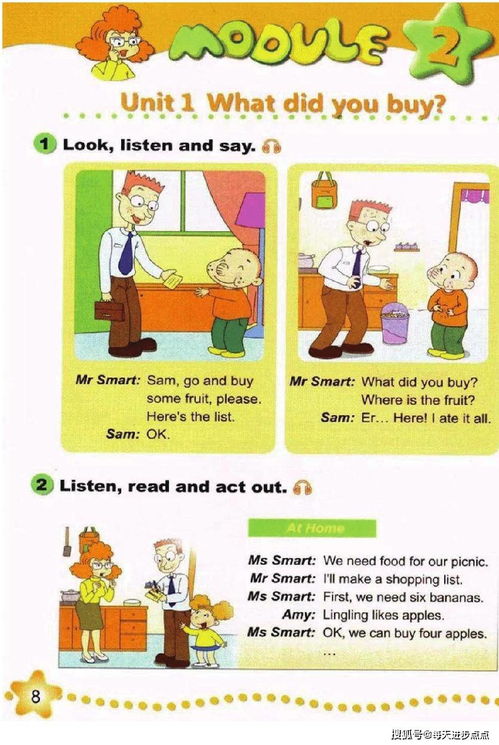成本利润率的计算公式
Establishing a Successful Fifth Grade English Training Program for Elementary Students
In designing an effective English training program for fifthgrade elementary students, several key factors need careful consideration to ensure both academic progress and student engagement. This guide outlines essential components and strategies for developing such a program.
Program Objectives
The primary objective of the fifthgrade English training program is to foster comprehensive language skills encompassing listening, speaking, reading, and writing. Specific goals include:
1.
Language Proficiency
: Develop a solid foundation in grammar, vocabulary, and sentence structure.2.
Communication Skills
: Enhance verbal communication abilities through interactive activities and speaking exercises.3.
Reading Comprehension
: Improve reading comprehension skills by introducing ageappropriate texts and comprehension strategies.4.
Writing Proficiency
: Cultivate writing skills through guided practice in narrative, descriptive, and expository writing.Curriculum Design
1. Structured Learning Modules
Introduction to English Basics
: Cover fundamental grammar rules, basic vocabulary, and pronunciation.
Interactive Listening and Speaking
: Engage students in dialogues, roleplays, and group discussions to enhance oral communication.
Reading Fluency and Comprehension
: Utilize graded readers and comprehension exercises to improve reading skills.
Writing Development
: Guide students through the writing process, focusing on organization, coherence, and creativity. 2. Integrated Learning Approach
Themebased Units
: Organize lessons around thematic units to integrate language skills with content learning (e.g., animals, environment, festivals).
Multimedia Resources
: Incorporate videos, songs, and interactive games to reinforce learning and make lessons more engaging.
Projectbased Learning
: Assign projects that require students to apply language skills creatively (e.g., creating a storybook, presenting a research project). 3. Assessment and Feedback
Formative Assessment
: Use quizzes, oral presentations, and short writing tasks to monitor student progress regularly.
Feedback Mechanism
: Provide constructive feedback on assignments and performances to guide improvement.
Parental Involvement
: Keep parents informed about their child’s progress and encourage their support in practicing English at home.Teaching Methodologies
1. Communicative Approach
Roleplaying and Simulations
: Create scenarios where students practice reallife conversations.
Pair and Group Work
: Promote collaborative learning through pair and group activities.
Language Games
: Use games like word puzzles, board games, and vocabulary challenges to reinforce learning in a fun way. 2. Differentiated Instruction
Adapted Materials
: Provide materials at varying levels of difficulty to accommodate different learning paces.
Learning Stations
: Rotate students through different learning stations catering to various skills (e.g., reading station, listening station). 3. Technology Integration
Educational Apps and Software
: Incorporate technology tools that support language learning, such as language apps and educational websites.
Virtual Field Trips
: Take virtual tours related to Englishspeaking cultures to broaden students’ cultural understanding.Classroom Management
1. Establishing a Positive Learning Environment
Clear Expectations
: Set clear rules and expectations for behavior and participation.
Positive Reinforcement
: Encourage and recognize student effort and achievements.
Classroom Routines
: Establish predictable routines to maximize instructional time. 2. Supporting Student Engagement
Varied Activities
: Plan diverse activities to cater to different learning styles and maintain student interest.
Inclusive Practices
: Ensure all students feel valued and included in classroom activities. 3. Teacher Professional Development
Continuous Learning
: Attend workshops and training sessions to stay updated with effective teaching strategies.
Peer Collaboration
: Exchange ideas and best practices with fellow educators to enhance teaching methodologies.Conclusion
Designing a fifthgrade English training program involves careful planning and consideration of diverse instructional strategies, assessment methods, and classroom management techniques. By focusing on comprehensive language skills, integrating interactive and multimedia resources, and fostering a positive learning environment, educators can create a stimulating and effective learning experience for elementary students. This structured approach not only enhances language proficiency but also cultivates a lifelong appreciation for learning English.
For a printable version of this guide, [click here to download the PDF]().
This HTML document provides a comprehensive guide to establishing a successful fifthgrade English training program. Each section is designed to support educators in creating an engaging and effective learning environment for elementary students.
标签: 成本利润率的计算公式 成本利润率怎么算 成本利润率高说明什么 成本利润率算价格
相关文章
